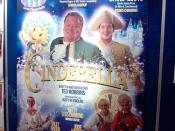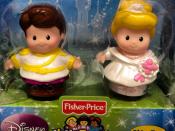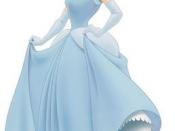The story of Cinderella has been shared through many generations, exploring the life of a beautiful girl who is cruelly abused by her wicked stepsisters and stepmother. The director of Cinderella uses a song in every scene, making a definite contribution to the tone of underlying happiness despite the pitiful servitude Cinderella must succumb to in the movie. Not a single rhythm or melody is arbitrarily inserted into the narrative. Not only this, but the use of shadows and romantic auras to elicit a full quota of inventive ideas, is also eminent. However, the films' strongest point is its ability to elicit an emotional response from its audience through the traumatizing scenes, which consist of many horrific elements. This ability to get a hold of the audience in a way that makes the viewer feel that they are experiencing the whole film is where its success lies.
The character of Cinderella is undoubtedly the definition of perfection amidst a restricting torrent of misery and hate.
Our love for her is embedded when her beautiful voice sings "Sing, Sweet Nightingale." During this scene the wicked stepmother is giving futile vocal lessons to her two tone deaf daughters who can't hear the flawlessness of Cinderella's singing over their own screechy bursts. By using a "tilt shot," we rise vertically upward as Cinderella sings. The soap bubbles from her undeserving forced labor rise and dance with rhythm and color, creating a tone of joyousness among unrecognizing adversity. By using this camera angle, Disney symbolizes innocence and beauty trying desperately to escape the confines of evil. The audience is able to relate to this scene, making them feel pity for Cinderella whom they feel, should be recognized.
Another scene that uses music to portray happiness is the sequence in which, the birds and...


